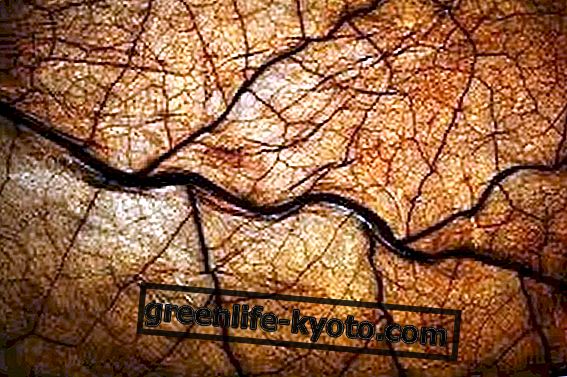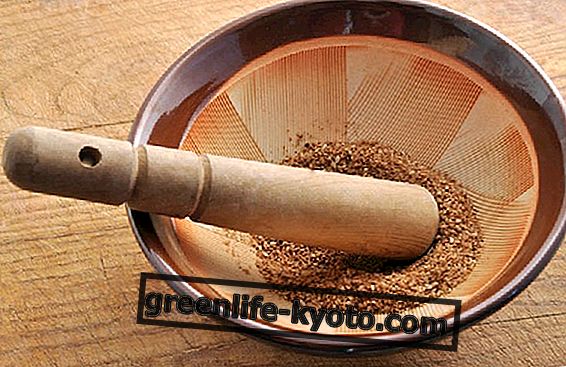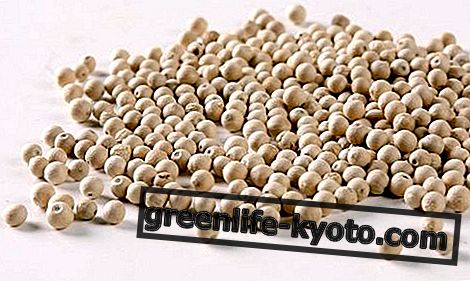Curated by Maria Rita Insolera, Naturopath
Ash is a medicinal plant known since ancient times for its laxative, diuretic, anti-inflammatory, anti-rheumatic, anti-arthritic properties and for its sap, manna. Let's find out better.

Properties and benefits of the Ash tree
The Ash is a medicinal plant with remarkable medicinal properties. The fruits, leaves, roots and bark of ash have slightly laxative, diuretic, anti-inflammatory, antirheumatic, anti-arthritic properties .
These properties are due to the presence of coumarins (fraxin, fraxetin, frassinol, esculetin) and flavonoids (quercetin, rutin, hydroxyphenramide), which inhibit the production of endogenous inflammatory mediators such as prostaglandins.
The manna, known since ancient times, is extracted from the sap that flows from the wounds of the ash trunk. Manna is a natural laxative with various therapeutic properties, such as: fluidifying, expectorant, emollient and cough suppressant, decongestant and calming in chronic bronchitis, laryngitis and pharyngitis.
La Manna is also used in cosmetics for its characteristic of making the skin smooth and soft and to reduce wrinkles.
Method of use
Ash is used against joint pains, cellulite and water retention . Its leaves also have an antidiuretic, antirheumatic action and are useful against difficult digestion.
With the ash it is possible to make an infusion (2 g of dried leaves in 100 ml of boiling water) or a decoction (2 g of bark in 100 ml of boiling water).
Ash bark is useful against rheumatism, arthritis, gout and fever . The fruits, on the other hand, have a laxative action.
Contraindications of the Ash tree
Ash has no particular side effects . However, it is always good to consult a doctor before taking it if you are pregnant or breastfeeding.
Properties, use and contraindications of manna

Description of the plant
The Ash ( Fraxinus ornus ), is a plant of the Oleaceae family . It has an arboreal or shrubby habit and reaches a maximum height of 4-8 meters.
The trunk has a smooth and greyish bark ; the leaves are pale green on the upper side and light and hairy on the lower side.
The flowers are white or slightly pink, gathered in a panoccus-shaped inflorescence. The fruit is a 2-3 cm long samara that produces a single seed .
Habitat del Frassino
The ash tree is native to the northern European and Asian hemisphere . Suitable for temperate climates, it is found in humid forests rich from the plain and up to 1500 meters of altitude.
In Italy it is widespread in central and northern Italy, and can be found in southern Europe and in Asia Minor.
Background
Once upon a time the Frassino was planted of custom as a sign of border of estates or cultivable fields . The Greek root of the word in fact refers to separation, at the border.













